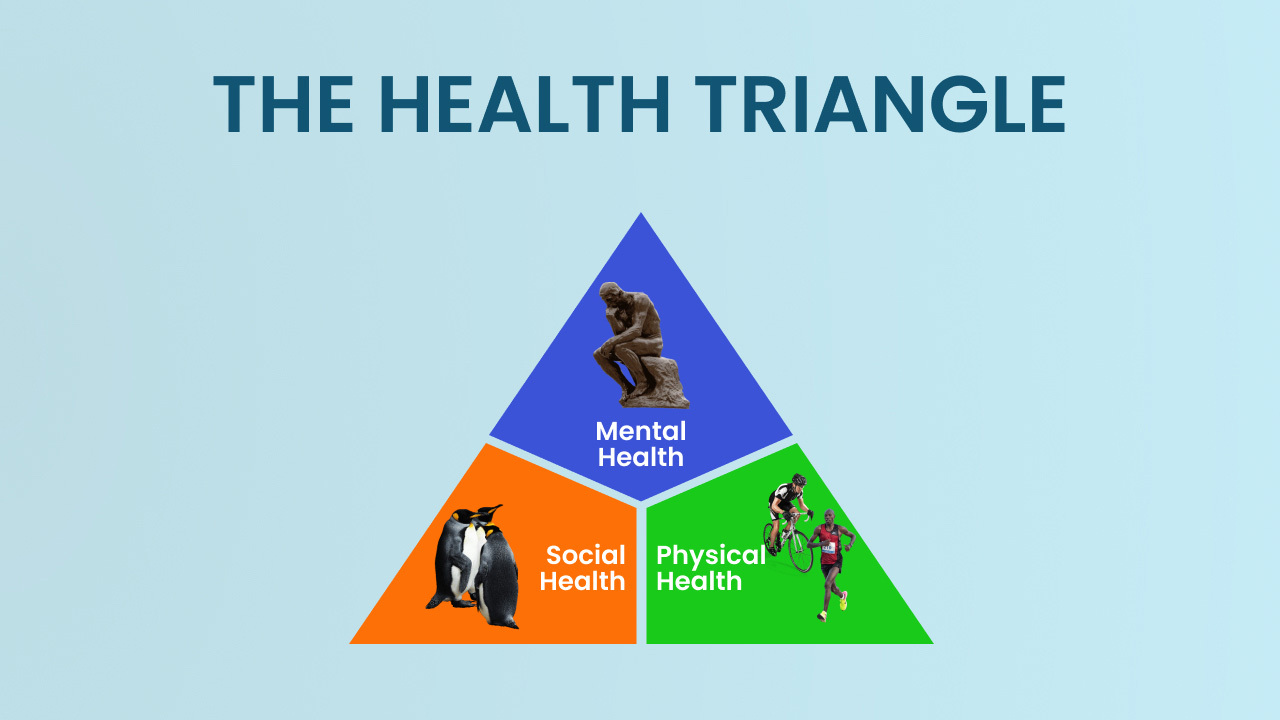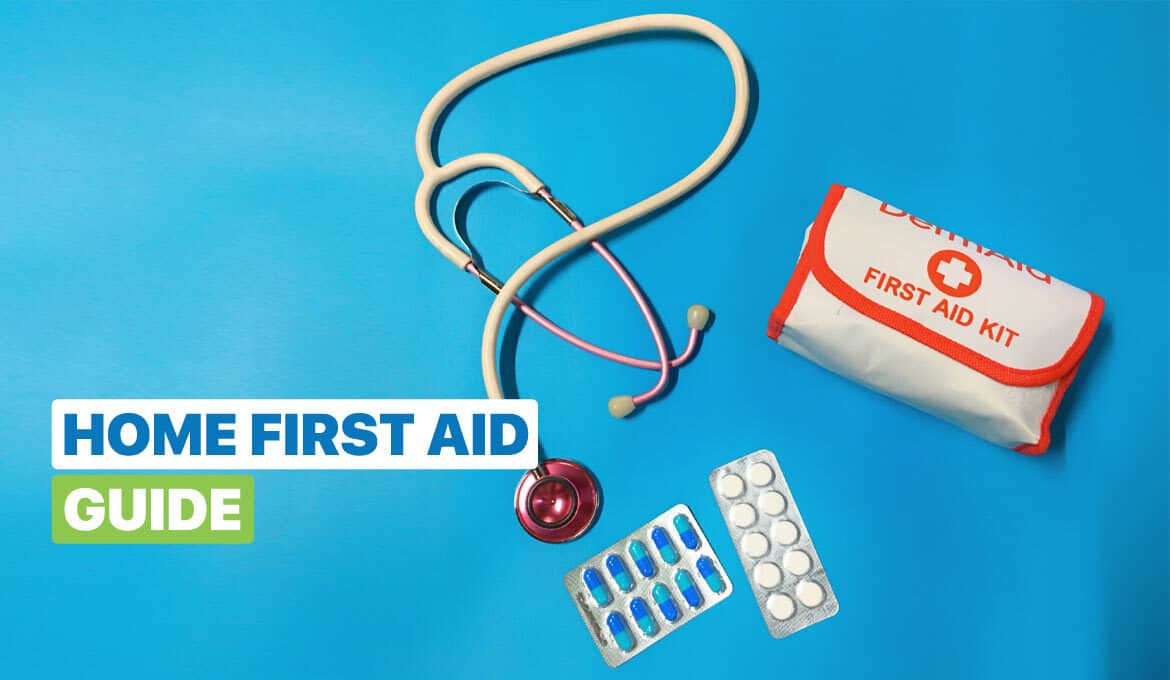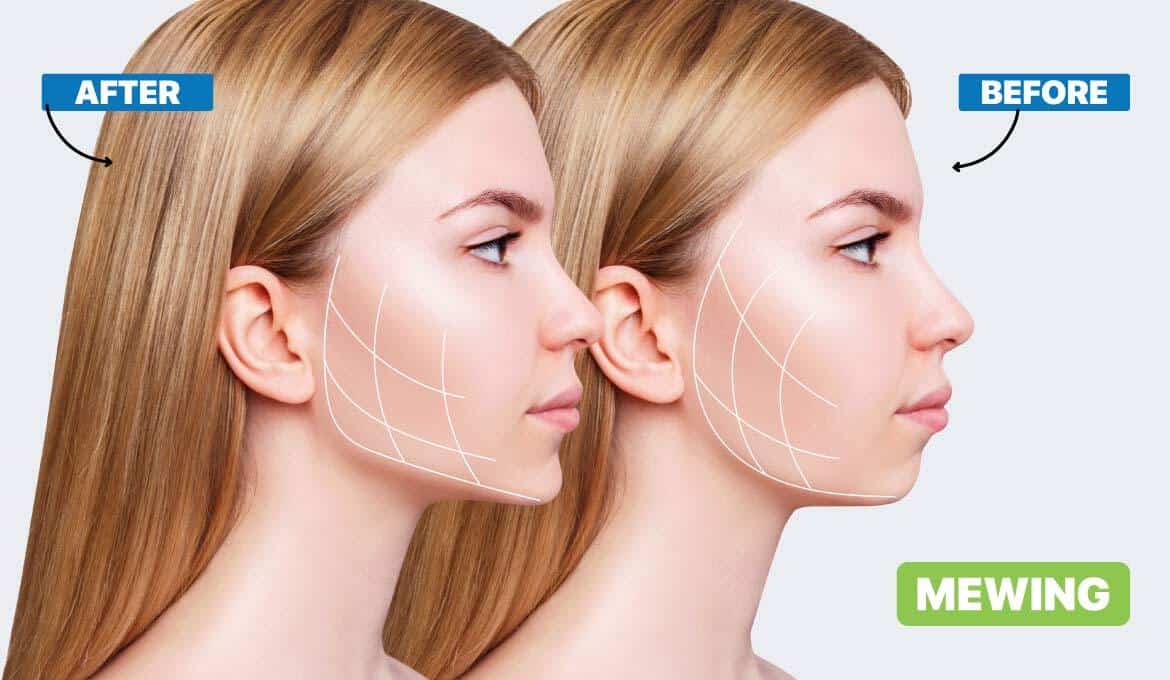
The beginning of a new year can often be a time of reflection. For many, it’s taking a step back, and thinking about what they would like to achieve in the year ahead, and for many of us, it’s also about setting goals that will help us meet those targets.
For medical professionals, such as those completing online nursing practitioner programs in Texas, understanding what health and wellness trends are likely to take precedence in the new year allows administrators to provide appropriate support, allowing everyone the opportunity to meet their goals successfully.
So many of us have experienced transformational life changes due to the pandemic – our working patterns, personal habits, and routines have changed.
There has also been an impact on the ways that many of us simply interact with the world – for some, isolation may have become second nature. Let’s explore some of the trends that are expected to take center stage in 2024, and what they mean for the lives of ordinary Americans.
Trend #1: An Increased Focus on Self-Care
If there’s something that recent years have shown us, it’s that circumstances can often come up that can be draining, distressing, and wear us down.
Perhaps it’s events in the news, or the isolation that occurs when you spend a lot of time away from friends and family – the notion of doing what you can, to look after yourself, suddenly starts to become a lot more relevant.
For many, the discussion around our mental health and the impact that it has on our lives has slowly gathered pace. In a world where talking about mental stressors and the things that we do to manage them is increasingly normalized, it will become increasingly common for people to spend greater amounts of time, money, and energy, on self-care.
Self-care isn’t about self-medication – it’s about the things we do to improve the quality of the lives that we lead, and there’s significant research evidence to suggest that caring for one’s self can help improve not only the quality of life but also help to increase energy levels and reduce the risks associated with some illnesses.
Trend #2: Increased Adoption Of Wearable Health Tech
Many of us have seen the rise of wearable technology. From smart watches to health trackers, a recent study estimated that one in three Americans owns at least one piece of wearable health tech.
For many, having the ability to share the data generated by these devices with their doctor is a responsible way of using the data. Fascinatingly, early applications of this seem to indicate that some devices, such as Apple Watches, can assist in the identification of heart arrhythmia and other cardiac conditions.
Expect 2024 to see an increasing use of wearable tech for those who are looking to track their health. As physicians recognize the importance of these technologies in external monitoring, also expect to see the expansion of personalized monitoring of wearable tech. Who knows – it may just save your life.
Trend #3: Remote and Rural Healthcare – New Frontiers
For the one in five Americans who live in rural communities, accessing healthcare can sometimes be a challenge. It can be difficult to find doctors who can work in widespread communities, with many rural counties often reporting on shortages of essential healthcare workers.
To address this, many firms are looking at ways to improve the availability of medical staff, even if they are not able to work in a rural clinic.
One such solution has been the rapid evolution of telehealth – where a doctor working many hundreds or even thousands of miles away can investigate, treat, and even prescribe medications to help forge a pathway toward a cure.
Expect this trend to be led from the front. Healthcare providers are in some cases, paying more than $100,000 per year for nursing practitioners to provide care remotely, supporting a major healthcare provider.
This represents an immense opportunity for those that are looking to pursue a new qualification, and also receive a high level of remuneration for the work being done.
Trend #4: More Robots – From Surgery to Recovery
Robots are increasingly finding their way into clinics and hospitals, enabling healthcare professionals to provide higher levels of care, while also mitigating the risks that arise when lifting and moving patients.
By performing a range of routine tasks, robots can assist human practitioners in tasks such as monitoring, and sanitation, and integrated medical assistants, such as remote doctors. These roles can help reduce some of the physical stressors that occur in the treatment of patients.
Trend #5: The Evolution of AI in Wellness
The role of AI will not simply be limited to the role of assisted robots, however. Consider the capability of AI to provide well-being monitoring – such as a personal assistant for those suffering from conditions such as dementia and Alzheimer’s disease.
With more than six million Americans suffering from Alzheimer’s disease, having the ability to generate high-quality, personalized care plans is now a reality. There are even some AI tools available to practitioners – to help transform the lives of sufferers with this debilitating condition.
Trend #6: Long-Term Health Priorities
Let’s face it – Americans are living longer than they ever have, with recent data highlighting that average life expectancy has doubled in the last 160 years – from 39.4 years in 1860 to 78.9 years in the most recent Census.
As Americans get older and older, expect a focus and investment in gerontological health outcomes. This may include increased attention on addressing some of the potential issues that impact elderly Americans more significantly than other areas of the population, such as the impacts of diabetes and Alzheimer’s disease, conditions that can be debilitating and reduce quality of life.
It’s expected that in 2024, governments will make serious efforts to highlight the importance of preventative care and help ensure that elderly Americans have the things they need to maintain a higher quality of life, going into their twilight years.
From the increased role of self-care to a focus on long-term health priorities, 2024 looks set to be a year of constantly evolving healthcare priorities. If you’re looking to pursue a health-related goal, why not give it a go? You never quite know what you can achieve – and with all of these advancements in medical technology, there’s sure to be something that will help you achieve your goals.










































